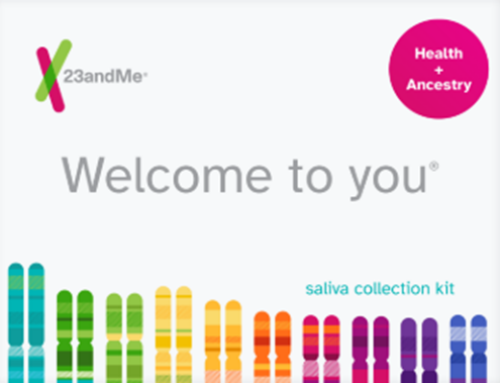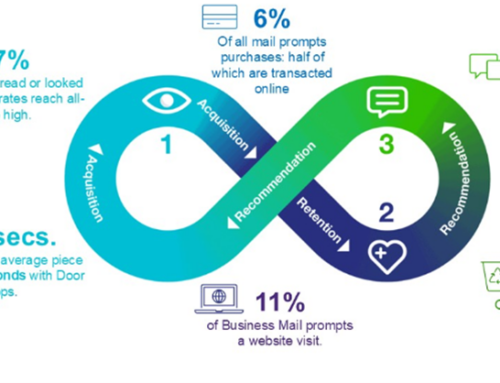In a world where consumers are bombarded by countless messages every day – in fact recent estimates suggest that the average person is exposed to 4,000-10,000 brand communications per day!! So for marketers, cutting through the noise can seem like an impossible task.
But there’s a psychological principle that can help your brand stand out: the cocktail party effect.
The Cocktail Party Effect: Why It Matters
The cocktail party effect refers to our brain’s ability to zero in on relevant information even when surrounded by distractions. In a noisy room, you might not hear every conversation happening around you, but if someone says your name, your attention is instantly captured. The same principle applies to marketing. When a message feels personally relevant, it cuts through the clutter, grabbing the recipient’s attention in a sea of generic communications.
This is where personalised direct mail comes into play. By using data to create messages tailored to individual needs, interests, and behaviours, brands can replicate the cocktail party effect and ensure their communications are noticed.
Personalisation: The Key to Capturing Attention
One of the most effective ways to engage your audience is through personalisation, and it starts with something as simple as using their name. A study by the DMA showed that personalised direct mail can drive response rates that are 30% higher than non-personalised messages.
But personalisation goes far beyond just addressing someone by name. Thanks to advances in data analytics, brands can now create highly targeted campaigns that speak to individual preferences, purchase history, and even location. This level of personalisation makes your message feel more relevant, increasing the likelihood that the recipient will take notice—and take action.
Why Personalised Mail Works So Well
The power of personalised direct mail lies in its ability to make consumers feel valued. Research from MarketReach shows that 70% of UK consumers feel more appreciated when they receive personalised mail, and 41% say they are more likely to act on it—whether it’s making a purchase, supporting a cause, or simply engaging with the brand.
When people feel like a message is meant specifically for them, it creates a stronger emotional connection, leading to higher engagement and deeper brand loyalty. And in today’s highly competitive market, where consumers are inundated with digital ads, personalised direct mail offers a refreshing and impactful way to reach your audience.
The Role of Data Hygiene in Effective Personalisation
However, none of this is possible without clean, accurate data. Data hygiene—the process of regularly updating and verifying your data—ensures that your personalised messages reach the right people, with the correct details. Inaccurate or outdated data can not only hurt your campaign’s effectiveness but also damage your brand’s credibility. By prioritising data hygiene, you’ll be able to fully harness the power of personalisation, ensuring every piece of direct mail makes a meaningful connection with its recipient.
Want to ensure that your DM capitalises on the Cocktail Party Effect? Then get in touch to find out about our award winning data hygiene solutions!





